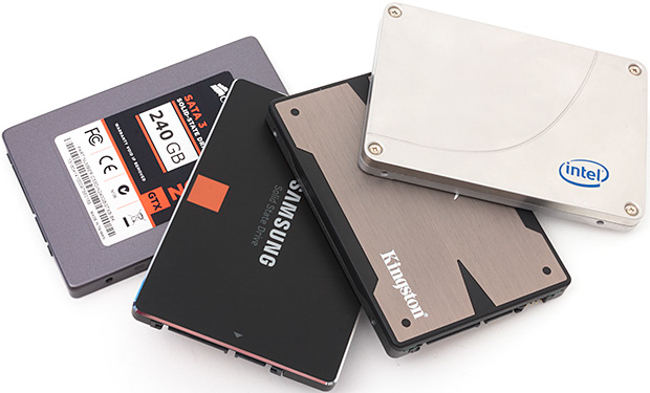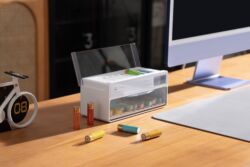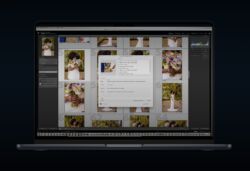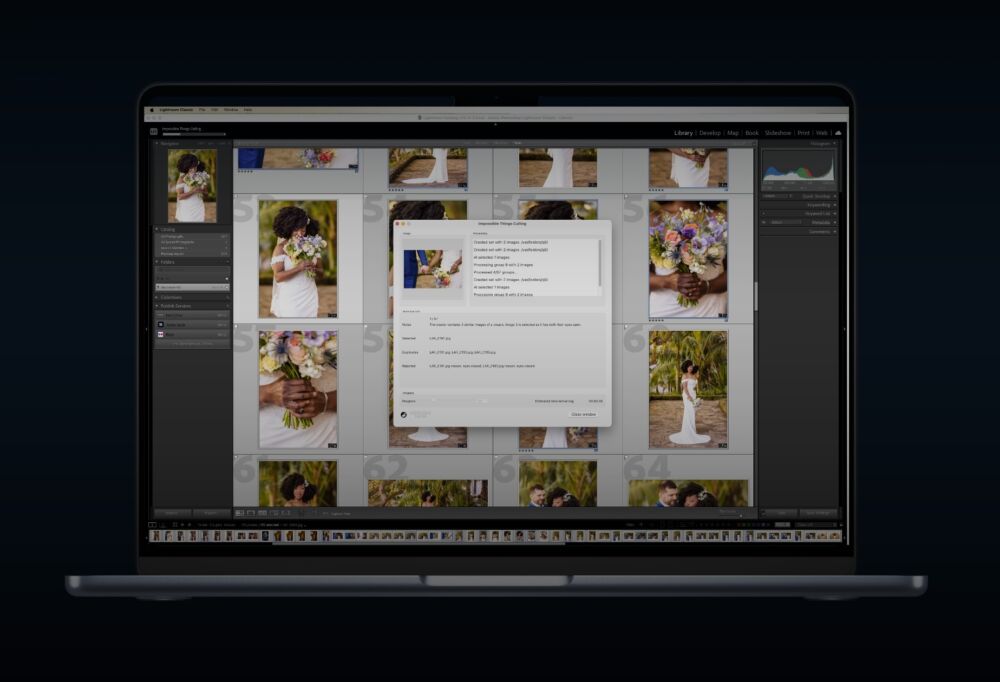Upgrading your computer with a solid state drive is one of the best things you can do to increase performance. A solid state drive will speed up everything that requires disk access – from boot times to opening Lightroom Catalogs – but without proper maintenance, the speedy SSD will begin to slow over time. Here are my top 7 tips for getting the most from your SSDs.

1. Enable TRIM
TRIM is essential for keeping SSDs in tip-top shape. What is TRIM exactly? TRIM is a command that allows an operating system to inform a solid-state drive which blocks of data are no longer considered in use and can be wiped internally. Unlike a mechanical drive, when writing new data, an SSD can only write to empty blocks. Drives without TRIM enabled have to partially move large pieces of information, wipe out all the blocks containing it, and finally, write the new data onto those blocks. TRIM prevents your drive from making unnecessary writes and being overused.
For Windows, SSDs are usually detected when installed and TRIM is enabled for all drives. Apple, on the other hand, does not support TRIM on most third party SSDs, and it is disabled by default. If your computer came with an SSD pre-installed, you have TRIM enabled. For those who upgraded later, you have to run trimforce in the terminal with the following command:
Sudo trimforce enable

Apple does not want to be held responsible if your SSD’s hardware doesn’t implement TRIM correctly and you run into an issue. However, TRIM was added shortly after SSDs hit the market and unless you have an early model of SSD, your drive should support TRIM.
[REWIND: Samsung T1 External SSD – Tiny & Blazing Fast| Review]
2. Don’t Wipe the Drive
Assuming you are using an operating system that supports TRIM, you never need to overwrite or “wipe” the free sectors. This is important when using a mechanical drive, as files are not deleted immediately. Mechanical drives will be marked as deleted, but until they are overwritten, data can still be recovered.
The way TRIM works is that once something is deleted, it is removed from the drive; the OS sends a command to erase the data completely and can not be recovered. If you use any wiping software on SSD, it is going to degrade your SSD life by making unnecessary write cycles.

3. Update Your Firmware
SSD manufacturers issue firmware updates throughout the lifetime of the solid state drive. Though the goal is to provide a product that is ‘set it and forget it,’ manufacturers sometimes need to release updates that can address technical issues and bugs. Sometimes a firmware update can even offer a performance enhancement and better drive reliability.
Firmware upgrades can be a bit of a hassle, with many requiring access to an optical drive and blank disc to burn an ISO. It is highly recommended that you backup all your data before upgrading the firmware. Check the manufacturer’s product page for updates and details.

4. Move Your Cache Folder to a RAM Disk
In a previous article, we explained how creating a RAM Disk can boost Lightroom and Photoshop performance. The article briefly mentioned moving your cache to a RAM Disk will help extend the life of your SSD. Having your cache write in a RAM Disk prevents unwanted wear to your drive. Moving your cache folder to a mechanical drive has the same benefits without the performance boost to programs or taking away system resources.
[RELATED POST: Super Charge Lightroom and Photoshop With a RAM Disk]
5. Don’t Fill to Full Capacity
SSDs may suffer performance issues, especially in writing speed, when the drive reaches full capacity. It is easier for the drive to write to an empty cell when there is free space available. When the drive is full, the SSD needs to find out which blocks are partially filled, move that information into a cache and then write it back to the drive. It is best to have 10-15% of your drive set aside for free space, to keep a good balance between performance and space utilization.
Consumer-grade solid-state drives often set aside about 7% of their total flash storage and make it unavailable to the user; this is called over provisioning, and it is the reason you see drives in capacities of 120 GBs and 240GBs. The preserved space simply gives the controller/firmware room for stuff like TRIM, Garbage Collection, and Wear Leveling.

6. Don’t Defrag
When data is stored on a drive, it often ends up in various parts of the drive. This slows down HDDs because the drive’s head needs to move from place to place to read all the little bits of information. This can be fixed using a process called defragmentation, which is built into recent versions of Windows. The location of data on an SSD is pretty much irrelevant, as it can quickly access any of it regardless of where it is; defragging an SSD is not only unnecessary but bad for the drive as well.
[Related: How To Use An HDD/SSD Docking Station For Inexpensive & Effective Backup]
7. Don’t Store Large Files
The ideal file types that should be stored on an SSD are ones that need to be accessed quickly and frequently. Operating system files and program files are perfect for this. In a world of Netflix and Spotify, storing large files like movies or your music collection on your hard drive are a thing of the past. Storing files like these on an SSD not only takes up what little space it may have, but also will see no performance gain. It is not a good idea to store your media collection on a solid-state drive, as you will not notice if your media files are played from an HDD or SSD.
[Related: New Test Reveals Modern SSDs Can Handle ‘A Thousand Years’ Of Use]
SSDs cost more per gigabyte than their mechanical brethren. However, what they lack in capacity, they make up for in reduced power consumption, less noise, and significantly increased speed. SSDs are immune to the same factors that make HDDs crash and fail, but they are not without their problems. Every time you write to your drive, you are bringing it one step to its eventual failure. Fortunately, those steps are very tiny and with proper care and maintenance, an SSD can last well beyond its usefulness (or until you replace it with something better).













